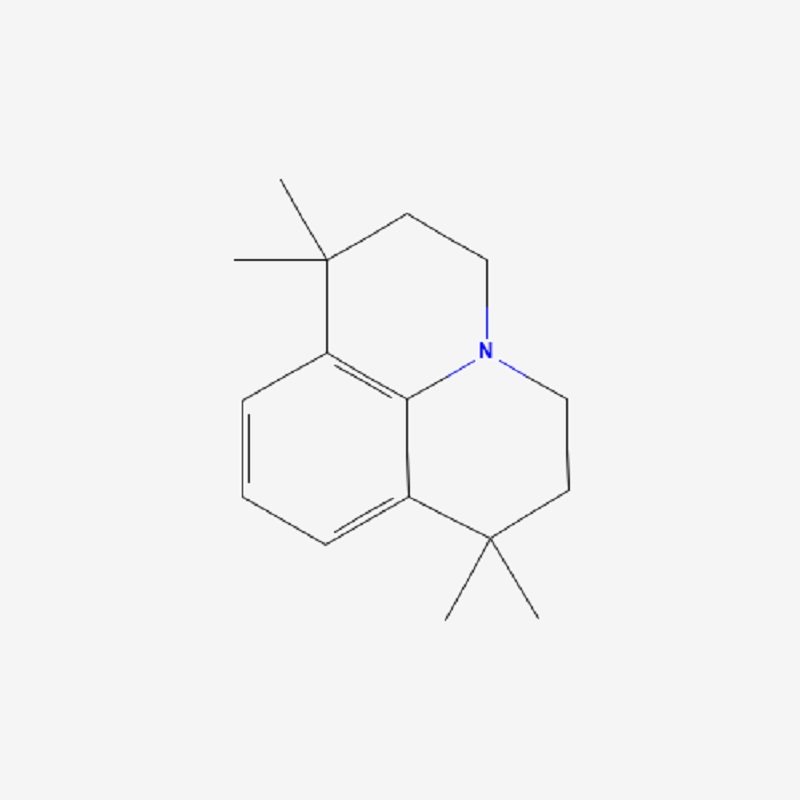
Key Documents
 SDS
SDS
 COO/COA
COO/COA
OMY002
Favorite| Pack Size | SKU | Availability | Price | Quantity |
|---|---|---|---|---|
| 250mg | OMY002-250mg | In stock | $364.00 |
-
+
|
| 1g | OMY002-1g | In stock | $988.00 |
-
+
|
| 5g | OMY002-5g | In stock | $2963.00 |
-
+
|
| CAS Number | 325722-28-9 |
| Linear Formula |
C16H23N |
| Molecular weight | 229.36 |
| Beilstein | |
| EC Number | |
| MDL Number |
MFCD07779117 |
| PubChem CID | 11390577 |
| PubChem SID |
| Purity | 98% |
| Appearance | gray-white solid |
| Purity Testing Method | HPLC |
| Structural Identification Method | NMR/MS |
| Storage Conditions | Sealed in dry, 2-8°C |
| SMILES string | CC1(CCN2CCC(C3=CC=CC1=C32)(C)C)C |
Contribution to Fluorescent Dye Development
The rigid structure and strong electron-donating properties of this compound make it an excellent scaffold for the development of fluorescent dyes. Julolidine-based dyes are known for their high fluorescence quantum yields and photostability. The incorporation of the this compound moiety often leads to a red-shift in the absorption and emission spectra of the resulting dyes.
Derivatives of this compound have been used to create fluorescent probes for various applications. For example, 8-hydroxy-1,1,7,7-tetramethyljulolidine-9-carboxaldehyde is a key component in the development of fluorescent probes for biological imaging. These probes can be used to visualize cellular processes in real-time.
In a study on coumarin-based dyes, it was found that derivatives containing the this compound ring accumulated in the mitochondria of living cells with high specificity, making them valuable for bioimaging purposes. The combination of a this compound ring with a trifluoromethyl group at another position on the coumarin scaffold resulted in a dye with exceptional photostability and a significant red-shift in its absorption and emission maxima.
-
Symbol GHS
-
Hazard Code
-
Risk Statements
-
Safety Statements
-
RIDADR
-
WGK Germany
-
RTECS
-
F
-
Hazard Class
-
Packing Group
-
HS Code
-
Toxicity
-
Autoignition Temperature







